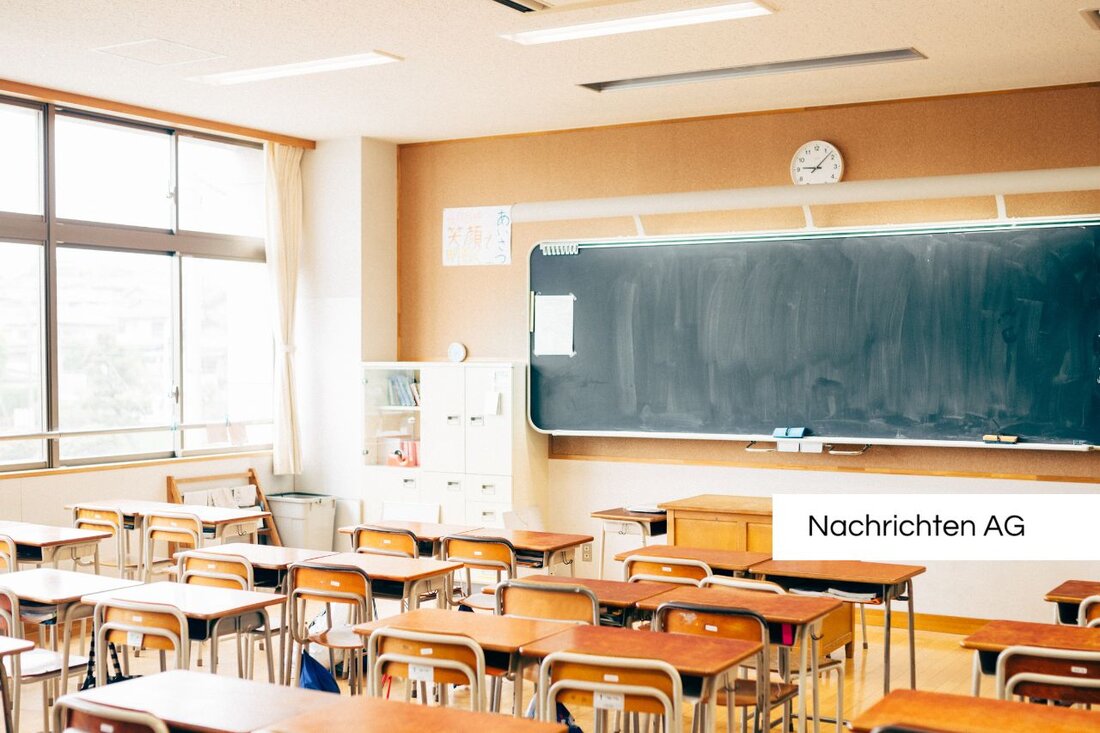Revolution in construction: School from sugar cane waste opened in India!
Revolution in construction: School from sugar cane waste opened in India!
In the growing discussion about sustainable building practices, a new project in India stands out: a school building near Neu-Delhi, which was built from sugar cane waste, also known as the bagasse. This innovative building in Noida, developed by the University of East London (UEL), shows how sustainable and locally manufactured materials can change the construction sector. The UEL researchers have developed wall stones from Bagasse, which are known under the name "Sugarcrete". These sustainable building materials could revolutionize the way we design buildings. According to an article by t3n, Sugarcrete not only enables a reduction in CO₂ emissions, but is also far easier than traditional building materials.
worldwide, around two billion tons of sugar cane are generated in sugar production, and these waste can now be used as valuable building material for schools and other structures. The advantages of Sugarcrete include one up to six smaller CO₂ footprint compared to conventional bricks and only a fifth of emissions that arise in the manufacture of concrete. The use of bagasse is therefore not only a climate -protecting measure, but could also contribute to relieving the landfill.
The properties of Sugarcrete
The Sugarcrete technology developed by UEL offers a variety of applications. The blocks made of bagass are not only easier, they are also glued with a mineral lime mortar, which increases their robustness. Participants in the project also include architectural students from the University of Delhi and the Chemical Systems Technologies (CST). The construction of the school building is the first major application project for this new material, with the aim of researching further applications in India and in West Africa, Europe and Latin America.
The construction of the school building offers the bagasse blocks through a special roof overwater and a concrete floor plate protection against extreme weather conditions. The UEL team plans a comprehensive data collection with regard to long-term stability, acoustics and indoor climate in order to further validate the suitability of Sugarcrete.
The potential of regenerative building materials
The construction industry is facing a clear change. Regenerative building materials, including bio-based materials such as SugarCrete, show great potential to reduce CO₂ emissions. According to the [Techzeitgeist] (https://www.techzeitgeist.de/REGENERATERATERATERAGE- 2025-WIE-SACHTHORTIGEN-DIEBAURIEDRIENEREN/), the construction sector causes around 38 percent of global CO₂ emissions, and it is time to use alternative materials. These new building materials, which also use CO₂ as a resource, could celebrate their breakthrough in the next five to ten years and become the standard in new buildings by 2030.
innovations such as self -healing concrete or the use of CO₂ as a building material show that the market is working towards a more sustainable future. Leading companies and start-ups rely on new manufacturing processes and materials to be the trend. More and more projects in the construction industry are already trying out these regenerative building materials, and the rice line for its nationwide application could soon be made possible.
Overall, the school project in India, which uses Sugarcrete, offers a fascinating insight into the possibilities that offer us sustainable building materials. The combination of innovative ideas and local production could lay the foundation for a more environmentally friendly construction industry - a necessity that urgently needs to face the industry. It remains to be seen whether Sugarcrete ultimately turns out to be the next big thing in the construction sector, but the signs are good that we are on the right track to master these challenges. The world looks forward to further developments!
| Details | |
|---|---|
| Ort | Noida, Indien |
| Quellen | |


Kommentare (0)